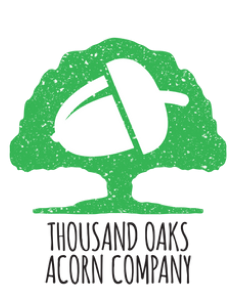A) Cup or cupule, B) Pericarp (fruit wall) C) Seed coast (testa), D) Cotyledons (2) E) Plumul F)Radicle G) Remains of style. Together D, E, and F make up the embryo.
You've probably heard the phrase many parts are edible...well, with an acorn, it seems the entire nut can be used. Not necessarily just to eat, but it's shell and tannins can be used as well.
The unheralded acorn is a very sustainable food source providing nutrients essential to maintain a healthy body. It can help improve digestion, reduces symptoms to help manage Asthma, inhibits an enzyme reaction which contributes to diabetes management, boosts bone health with an abundance of minerals, improves metabolic activity, plus the tannins extracted from the seeds can be used to topically reduce inflammations and rashes.
Miracle nut? Well...It just has a lot going for it.
The tannins are used as an ingredient in ink. The shell can be used for animal feed.
And, there's a lot more.
Doing a bit of digging on the internet can produce great results. We'll be back with some sources.

